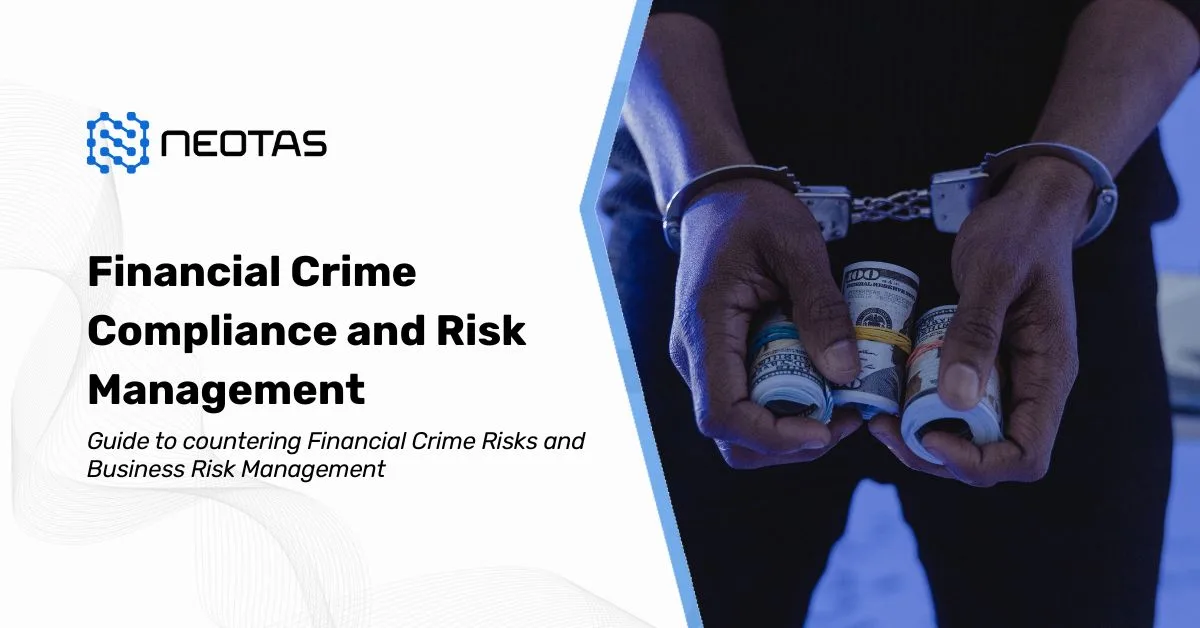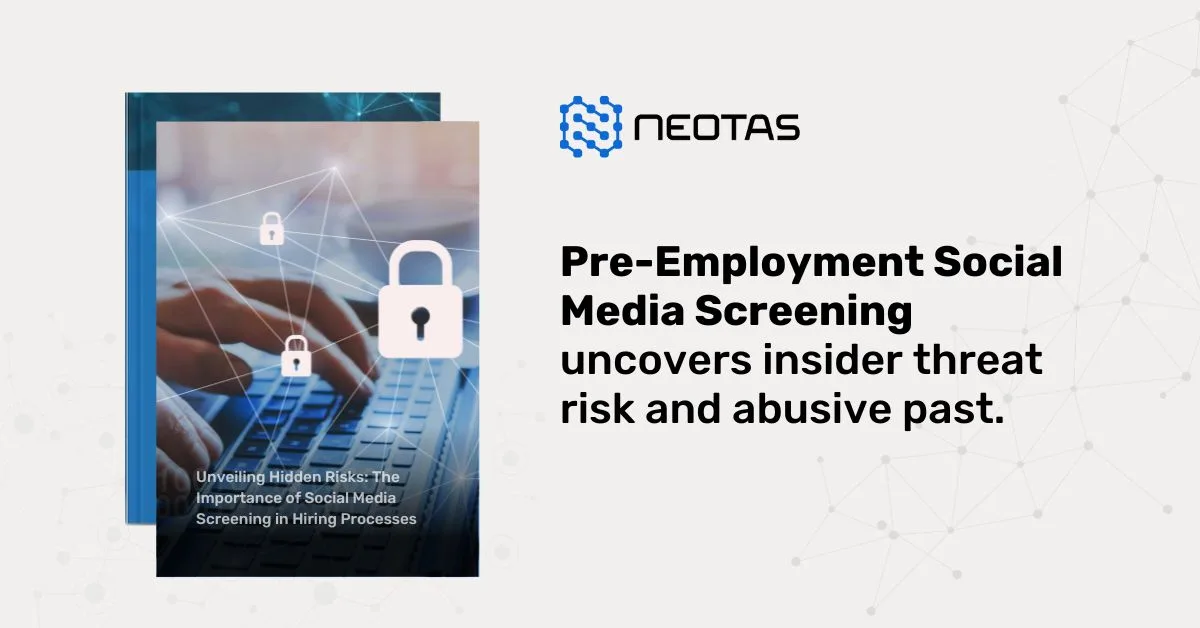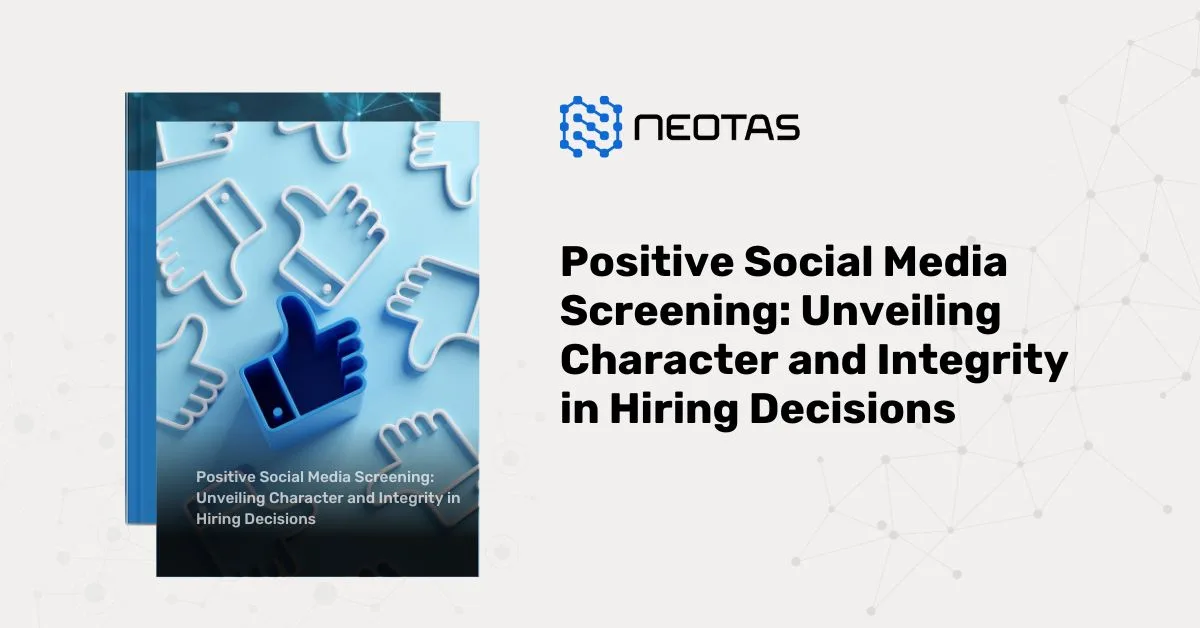Anti-Money Laundering Integration
Integrate effective Anti-Money Laundering strategies to ensure compliance, enhance detection, and protect financial integrity.
Introduction to AML Integration
Integrating Anti-Money Laundering (AML) processes into the operational framework of financial institutions is essential for mitigating risks associated with financial crimes. An effective integration strategy ensures that AML compliance is woven into the fabric of the organisation’s daily activities, enhancing its ability to detect and prevent illicit activities while adhering to regulatory requirements.
Key Components of AML Integration
- Risk Assessment and Profiling
- Conducting a thorough risk assessment is the cornerstone of AML integration. Institutions should identify potential risks related to money laundering specific to their operations, customer base, and geographical regions. Developing customer profiles based on this assessment allows for targeted monitoring and controls.
- Policy Development and Implementation
- Clear AML policies must be established and documented. These policies should outline the organisation’s commitment to combating money laundering, define roles and responsibilities, and establish procedures for reporting suspicious activities. Regular reviews and updates to these policies ensure they remain effective and compliant with evolving regulations.
- Technology Utilisation
- Leveraging technology is crucial for effective AML integration. Financial institutions should invest in advanced software solutions for transaction monitoring, customer due diligence, and data analysis. Tools such as artificial intelligence (AI) and machine learning can enhance the ability to identify suspicious patterns and reduce false positives in alerts.
- Training and Awareness
- Continuous training programs are vital for ensuring that employees understand their roles in the AML framework. Training should cover AML regulations, internal policies, and the identification of suspicious activities. A well-informed staff can significantly enhance the institution’s overall compliance posture.
- Reporting Mechanisms
- Establishing clear reporting procedures for suspicious transactions is essential. This includes defining the process for internal reporting to the Money Laundering Reporting Officer (MLRO) and ensuring timely reporting to regulatory bodies. Transparency in reporting fosters a culture of compliance within the organisation.
- Audit and Compliance Monitoring
- Regular audits and compliance checks help to ensure that AML measures are being followed effectively. Institutions should establish an independent review process to assess the effectiveness of their AML integration. This includes monitoring the implementation of policies, the adequacy of training, and the effectiveness of technology solutions.
- Collaboration and Information Sharing
- Engaging in information-sharing initiatives with other financial institutions and regulatory bodies can enhance AML efforts. Collaborative approaches allow institutions to share best practices and intelligence regarding emerging threats and trends in money laundering activities.
Challenges in AML Integration
Integrating AML measures can present several challenges, including:
- Complexity of Regulations: Navigating the diverse regulatory landscape across jurisdictions can be daunting.
- Resource Allocation: Institutions may struggle to allocate sufficient resources—both financial and human—for effective AML compliance.
- Evolving Threats: The constantly changing nature of financial crime requires continuous adaptation of strategies and tools.
Successful integration of AML processes is not merely about compliance; it is about fostering a culture of integrity within the organisation. By prioritising AML integration through robust policies, technology, and training, financial institutions can effectively combat money laundering and protect their reputation in the industry.
About Neotas Due Diligence
Neotas Platform covers 600Bn+ archived web pages, 1.8Bn+ court records, 198M+ corporate records, global social media platforms, and 40,000+ Media sources from over 100 countries to help you build a comprehensive picture of the team. It’s a world-first, searching beyond Google. Neotas’ diligence uncovers illicit activities, reducing financial and reputational risk.
💼 WHAT WE OFFER
- Complete, Automated AML Solutions – Tailored to meet regulatory requirements for detecting and preventing money laundering activities.
- Seamless, Easy-to-Use Platform – Featuring interactive dashboards and management tools for efficient oversight.
- Single Workflow Platform – Consolidating all AML operations into a unified, easy-to-navigate system.
- OSINT-Driven Intelligence – Incorporating unstructured and structured data from open sources to uncover hidden risks.
- Dynamic Monitoring & Alerts – Real-time monitoring of individuals, entities, and transactions, with risk-based alert frequencies.
- Enhanced Due Diligence – Comprehensive checks on high-risk entities, including AML Regulated organisations, vendors, and customers.
- Seamless Integration – Easily integrates with existing AML, KYC, and compliance systems.
- Managed Service Option – Access to expert-driven, report-based AML assessments.
- Comprehensive Value Chain Monitoring – Covering all relevant actors, from customers to intermediaries and vendors.
Our automated AML monitoring continually tracks high-risk individuals and entities, providing immediate alerts on any significant changes or suspicious activities.
Neotas is a leading SaaS platform widely deployed by organisations for investigating suspected financial crime.
📘AML Case Studies:
- Case Study: OSINT for EDD & AML Compliance
- Overcoming EDD Challenges on High Risk Customers
- Neotas Open Source Intelligence (OSINT) based AML Solution sees beneath the surface
- ESG Risks Uncovered In Investigation For Global Private Equity Firm
- Management Due Diligence Reveals Abusive CEO
- Ongoing Monitoring Protects Credit Against Subsidiary Threat
- AML Compliance and Fraud Detection – How to Spot a Money Launderer and Prevent It
💼 AML Solutions:
- Risk-Based Approach (RBA) to AML & KYC risk management
- Anti-Money Laundering (AML) Compliance
- Anti-Money Laundering (AML) Checks
- Anti-Money Laundering (AML) Regulations
- Anti-Money Laundering (AML) Compliance Checklist
- Anti-Money Laundering (AML) Compliance Checklist for Banks
- Anti-Money Laundering (AML) Transaction Monitoring
- Money Laundering Reporting Officer (MLRO) – Roles and Responsibilities of an MLRO
- What is Customer Due Diligence in Banking and Financial Services?
Manage Financial Compliance and Business Risk with Neotas AML Solutions.
Neotas is an Enhanced Due Diligence Platform that leverages AI to join the dots between Corporate Records, Adverse Media and Open Source Intelligence (OSINT).
🗓️ Schedule a Call or Book a Demo of Neotas Anti-money laundering (AML) Solutions.





























